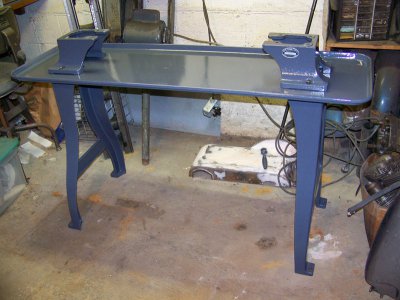You are learning faster than you know;
You can spend all kinds of dough on all kinds of neat stuff in this racket, for sure. However, if you start at the beginning and build the tool box between your ears first, you'll eventually find that a lot of that neat stuff was superfluous. Learn to do the basic jobs with basic tools and you will be able to handle anything. You are finding out that you have been very busy about getting going, without knowing where. But... that's water passed by. Let's deal with what is.
I think there is a thing called Machine Karma. Doing right by each component pays dividends in the end. Working to make each part function better pays off in many future ways. What you are learning in working with that old 200 is invaluable. It doesn't work right now, and it is already better than you are. It has more potential than you can even fathom, and it will take you YEARS to pass it by. Getting good at doing this stuff means learning how it all works. Making an old machine work is the best way to get all of that knowledge. The old timer hands the apprentice mechanic a pile of parts and says, "Here... make this work. Come get me when it does"
It should be about enjoying the journey. Don't miss out on that.
--------------------------------------------------------------
Taken last night.....

